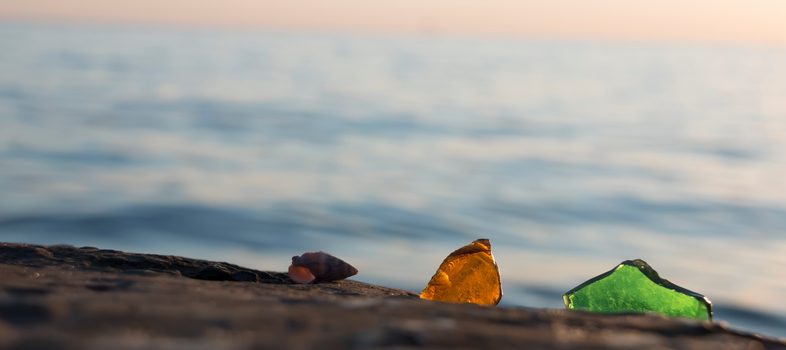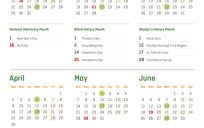 Living in Hawaii, I am surrounded by the ocean, and spend a lot of time in it. That is why, when I listened to the crew of the Hōkūleʻa, a canoe that made its way around the world using ancient navigation systems, describe the piles and piles of plastic they saw even in the remotest regions of our planet, I realized that the problem was far more widespread than is commonly believed. They described in vivid detail the “Great Pacific Garbage Patch,” a pile of garbage that contains over 79,000 tons of plastic and is more than double the size of Texas, floating in the Pacific Ocean between Hawaii and California. The fish they caught out in the wild all had bits of plastic in their stomachs.
Living in Hawaii, I am surrounded by the ocean, and spend a lot of time in it. That is why, when I listened to the crew of the Hōkūleʻa, a canoe that made its way around the world using ancient navigation systems, describe the piles and piles of plastic they saw even in the remotest regions of our planet, I realized that the problem was far more widespread than is commonly believed. They described in vivid detail the “Great Pacific Garbage Patch,” a pile of garbage that contains over 79,000 tons of plastic and is more than double the size of Texas, floating in the Pacific Ocean between Hawaii and California. The fish they caught out in the wild all had bits of plastic in their stomachs.
Large chunks of plastic have even been found embedded in ice in the Arctic Ocean. It is estimated that by 2050, the ocean will contain more plastic than fish. When plastic does eventually break down in the ocean, it turns into “micro-plastics” and releases toxic chemicals that destroy our sea-life and make it into our food chain. These micro-plastics are in our soil, drinking water, the fish we eat, in sea salt, and even in beer. Chelsea Rochman, an ecologist at the University of Toronto, is studying whether these micro-plastics then make their way into human cells.
Plastic was invented in 1907, and in the 1950’s the cost of making plastic came down dramatically, leading to its mass production. In fact, plastic has changed virtually every facet of our life, making the transport, storage, and use of items such as food, medicine, and cosmetics so much easier. Over 78 million tons of plastic is produced every year, and 40 percent of it goes straight to the landfill. Fourteen percent is collected for recycling but only 2 percent is actually recycled.
It is clear that the extent of plastic pollution and the potential danger to fish, wildlife, and humans, is far greater than anyone imagined. So what is the solution?
While eliminating plastic would be nearly impossible, we can reduce the impact of plastic waste on our environment by eliminating single use plastics. Here are a few suggestions to get you started (many more creative and interesting ideas can be found on the web):
- Buy produce at farmer’s markets and take your reusable bag.
- Use reusable metal containers for drinks and get a water filter.
- Pack lunch in glass containers – no more ziplock!
- Stop using straws and drink the old fashioned way. (A video taken by Marine Biologist Christine Figgener prompted Starbucks, American Airlines, and other businesses to ban plastic straws.)
- Get rid of plastic razors – 2 billion are discarded every year.
- Get a bamboo toothbrush – one billion plastic toothbrushes are discarded yearly.
- Use wood or wire hangers – 85% of plastic hangers end up in the landfill.
- Buy nuts and grains from the bulk section in your grocery store, and take your jars and containers with you.
- Choose cardboard or glass packaging over plastic.
- Get ice cream in a cone, not a cup – no plastic spoon needed.
- Avoid cosmetics with microbeads – marine life mistake them for food.
- Businesses – invest in a water cooler for employees.
- Office parties and potlucks – ask employees to bring in their cutlery rather than buying plastic.
- Reuse existing plastic containers, or put them to other use such as planters, watering cans, a kitchen garden, a piggy bank, or turn into an art project.
It’s only when individual and businesses join forces to be more environmentally responsible that we can expect change. Clean water is a precious commodity – let’s leave some behind for future generations.
Kamana Mathur is part of the GovLoop Featured Contributor program, where we feature articles by government voices from all across the country (and world!). To see more Featured Contributor posts, click here.





This is a great list that I hope serves as a starting point for many. Thanks for sharing, Kamana!
I really appreciate this list because these are things we can all do in our everyday lives. Not using ziplock bags, plastic razors, plastic toothbrushes and buying nuts and grains from the bulk section are goals for me. I think you can bring your own containers at MOM’s.